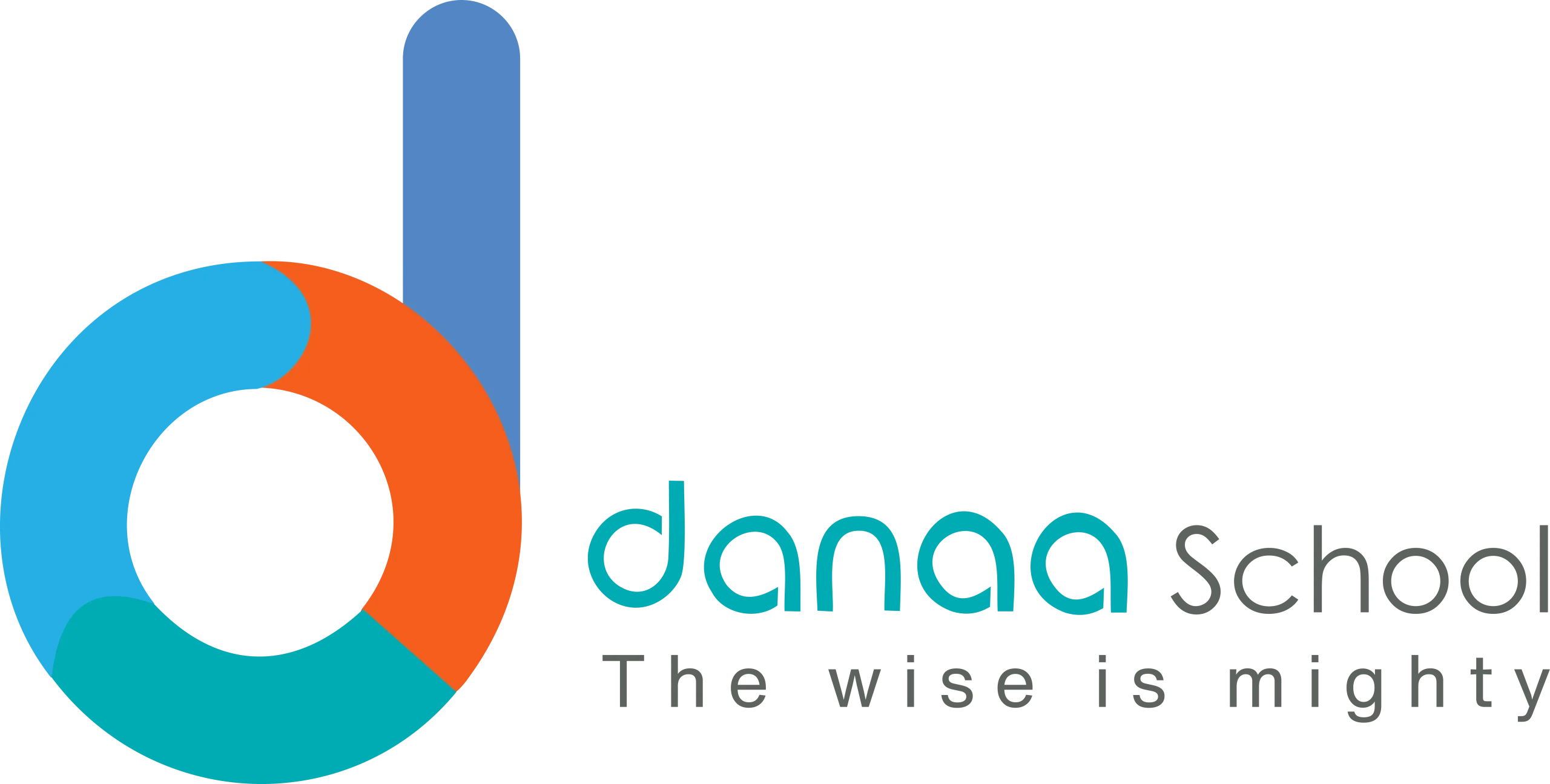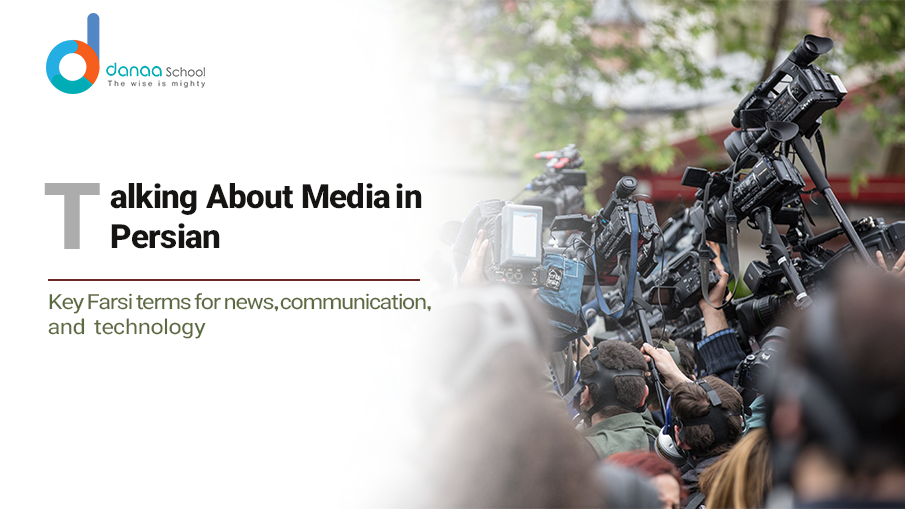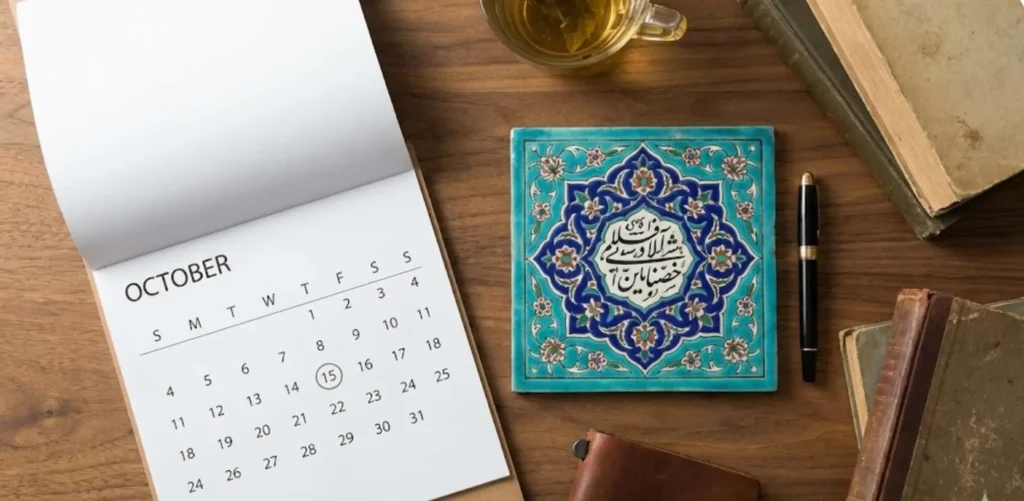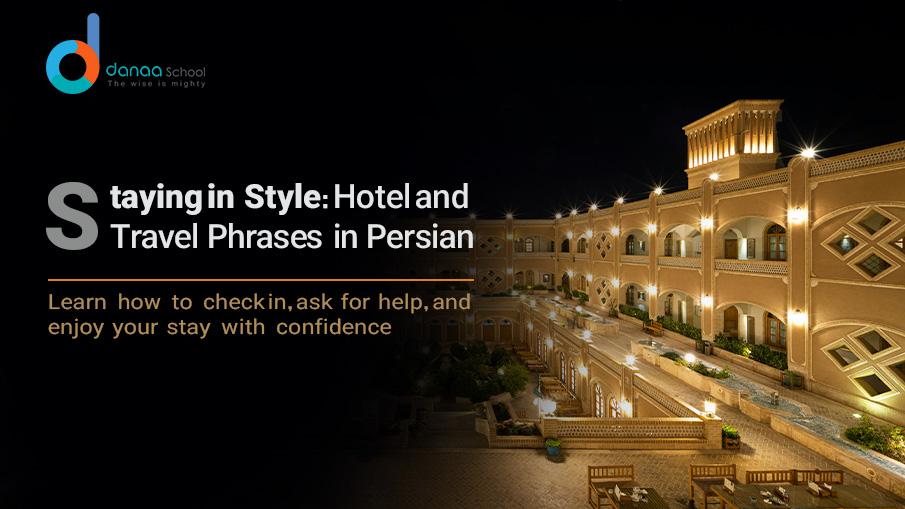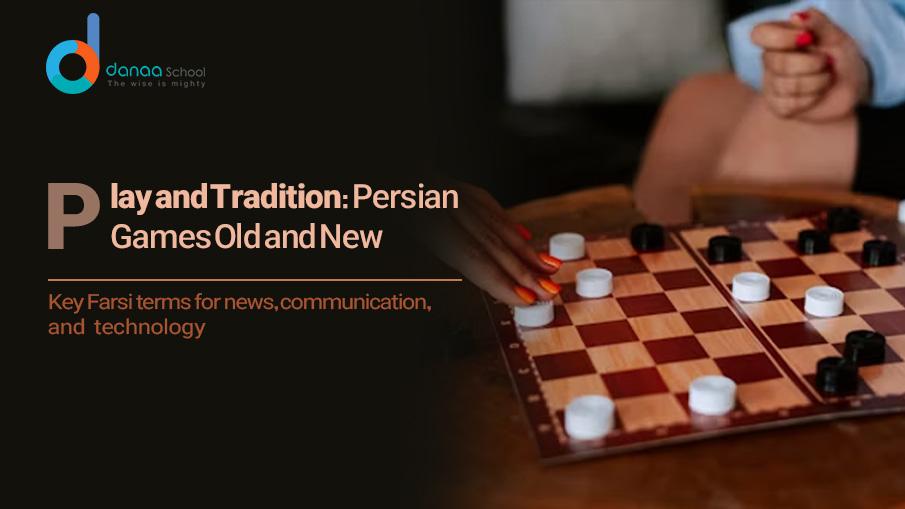Media and Communication in Persian
Persian, one of the oldest and most poetic languages in the world, plays a significant role in media and communication. With millions of speakers across Iran, Afghanistan, Tajikistan, and the global diaspora, Persian continues to shape modern journalism, social media, and digital storytelling. Understanding how Persian is used in different communication channels can help learners, media professionals, and businesses effectively engage with Persian-speaking audiences.
The Evolution of Persian Media
Persian media has evolved over centuries, from ancient poetry and manuscripts to modern-day digital platforms. Historically, Persian literature and newspapers played a crucial role in shaping public opinion. Today, Persian media is divided into various formats:
- Print Media: Persian newspapers such as Ettelaat and Kayhan have been instrumental in political and social discourse.
- Television and Radio: Channels like BBC Persian and Manoto TV provide international news, while domestic stations like IRIB shape local narratives.
- Online Platforms: Persian-language websites, blogs, and digital news portals now dominate media consumption.
- Social Media: Platforms like Telegram, Instagram, and Twitter are widely used among Persian speakers for information sharing and community building.
The Role of Persian in Journalism
Journalism in Persian follows global trends while maintaining its unique characteristics. Persian-language journalists work across various platforms, reporting on domestic and international issues. Some key aspects of Persian journalism include:
- Investigative Reporting: Persian journalists often cover political and social topics that impact Persian-speaking communities.
- Cultural Journalism: Coverage of Persian literature, cinema, and traditional arts remains a significant part of the media landscape.
- Citizen Journalism: With the rise of social media, independent journalists and everyday citizens contribute to news reporting, especially on platforms like Telegram and Clubhouse.
Persian and Digital Communication
The internet has revolutionized communication in Persian, making it accessible beyond traditional media. Some essential aspects of digital communication in Persian include:
- Social Media Influence: Persian speakers actively engage in discussions on Instagram, Twitter, and Telegram, where influencers, activists, and businesses interact with their audiences.
- Podcasting and Video Content: Platforms like YouTube and Spotify host Persian-language podcasts covering education, entertainment, and personal development.
- Messaging Apps: Due to censorship in some regions, Persian speakers widely use Telegram and WhatsApp for secure communication.
Challenges in Persian Media and Communication
While Persian media continues to grow, it faces several challenges:
- Censorship and Restrictions: Government regulations limit free speech in some Persian-speaking regions.
- Lack of Standardization: Variations in dialects and script usage create inconsistencies in written and digital content.
- Limited Resources for Persian Content Creation: Compared to English, there are fewer online tools and technologies dedicated to Persian media production.
The Future of Persian Media
As technology advances, Persian media and communication are expected to evolve further. Some emerging trends include:
- AI and Machine Learning in Persian Content: AI-driven translation and voice recognition are improving access to Persian content globally.
- Increased Global Presence: Persian-language media is gaining more international recognition through platforms like BBC Persian and Voice of America.
- More Persian-Language Learning Resources: With a growing interest in Persian as a second language, new educational platforms are emerging to teach Persian effectively.
Why Learning Persian is Key to Understanding Media and Communication
If you want to explore Persian media and communication, it is essential to learn Farsi. Understanding Persian allows you to:
- Access authentic Persian content directly.
- Engage with Persian-speaking communities online and offline.
- Appreciate Persian culture, history, and storytelling traditions.
Learn Persian with Danaa School!
If you’re interested in understanding Persian media and communication, learning the language is the first step. At Danaa School, we offer expertly designed Persian courses tailored to different skill levels. Whether you’re a beginner or looking to refine your fluency, our experienced instructors provide an interactive learning experience. Join us today, book your sessions, learn Farsi online and start your journey into the Persian-speaking world!
FAQs
- How many people speak Persian worldwide?
Approximately 110 million people speak Persian across Iran, Afghanistan, Tajikistan, and Persian-speaking communities worldwide. - What are the main Persian-language media outlets?
Popular outlets include BBC Persian, Voice of America Persian, Manoto TV, and domestic Iranian newspapers like Ettelaat. - Which social media platforms are most popular among Persian speakers?
Persian speakers widely use Telegram, Instagram, Twitter, and WhatsApp for communication and news consumption. - What challenges do Persian media face?
Censorship, lack of standardized digital tools, and restricted access to independent journalism are among the major challenges. - Can I learn Persian online?
Yes! Platforms like Danaa School provide high-quality Persian courses for learners of all levels. - Why is Persian important in global media?
Persian is significant due to its rich literary history, geopolitical influence, and active global diaspora that contributes to media discourse. - What career opportunities are available for Persian speakers in media?
Persian speakers can work in journalism, content creation, translation, digital marketing, and international broadcasting.
Conclusion
Persian plays a crucial role in modern media and communication. From traditional newspapers to digital storytelling and social media, Persian is a dynamic language that continues to shape conversations globally. As the media landscape evolves, learning Persian can open doors to new opportunities in content creation, journalism, and cultural engagement. Whether you’re a media professional, student, or enthusiast, immersing yourself in Persian media is a valuable investment in language and culture.


